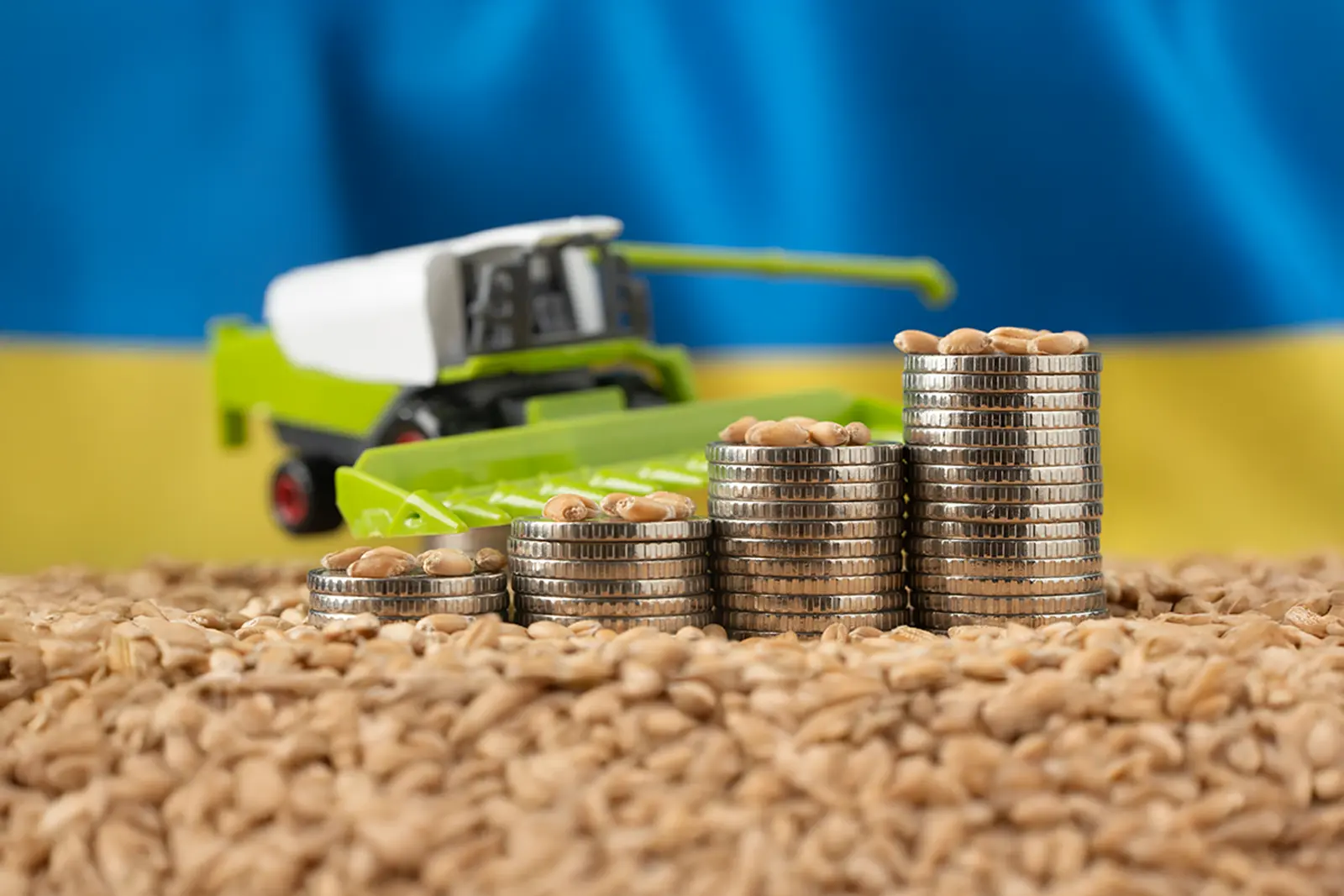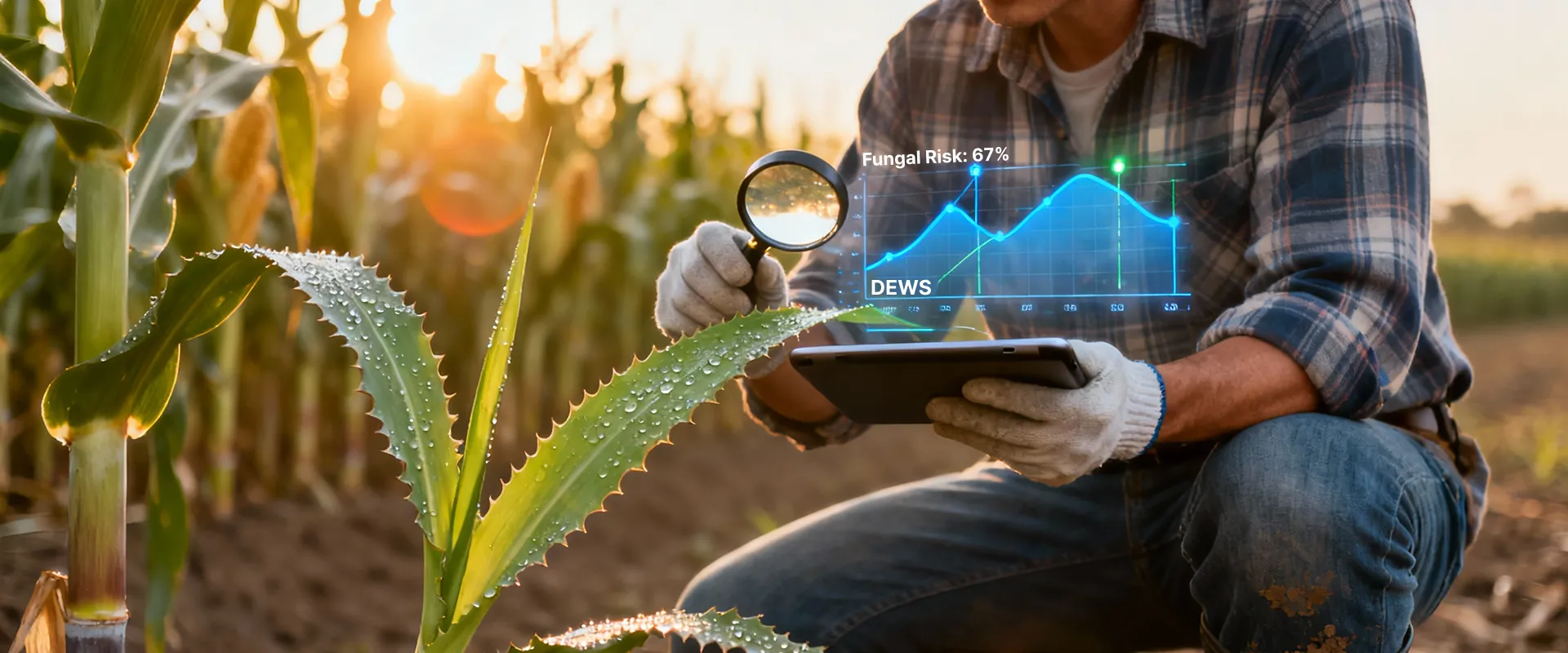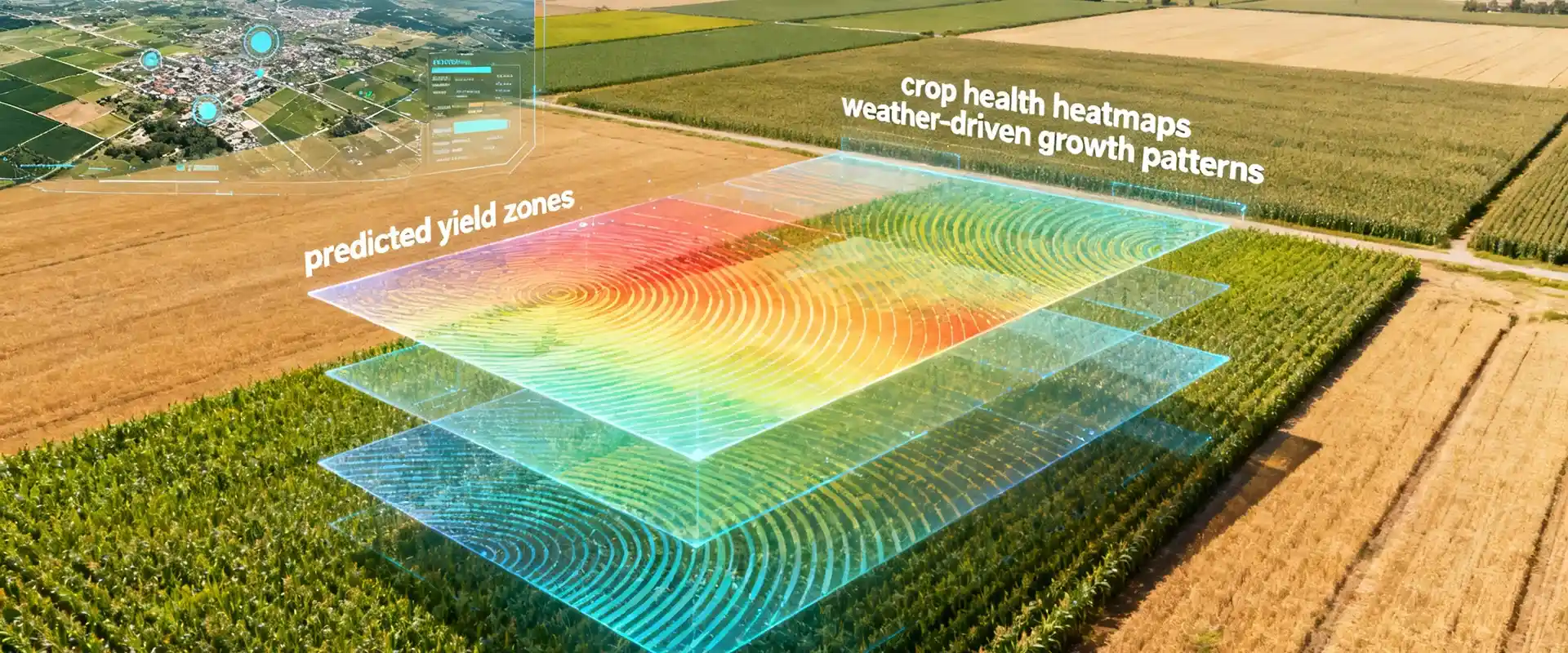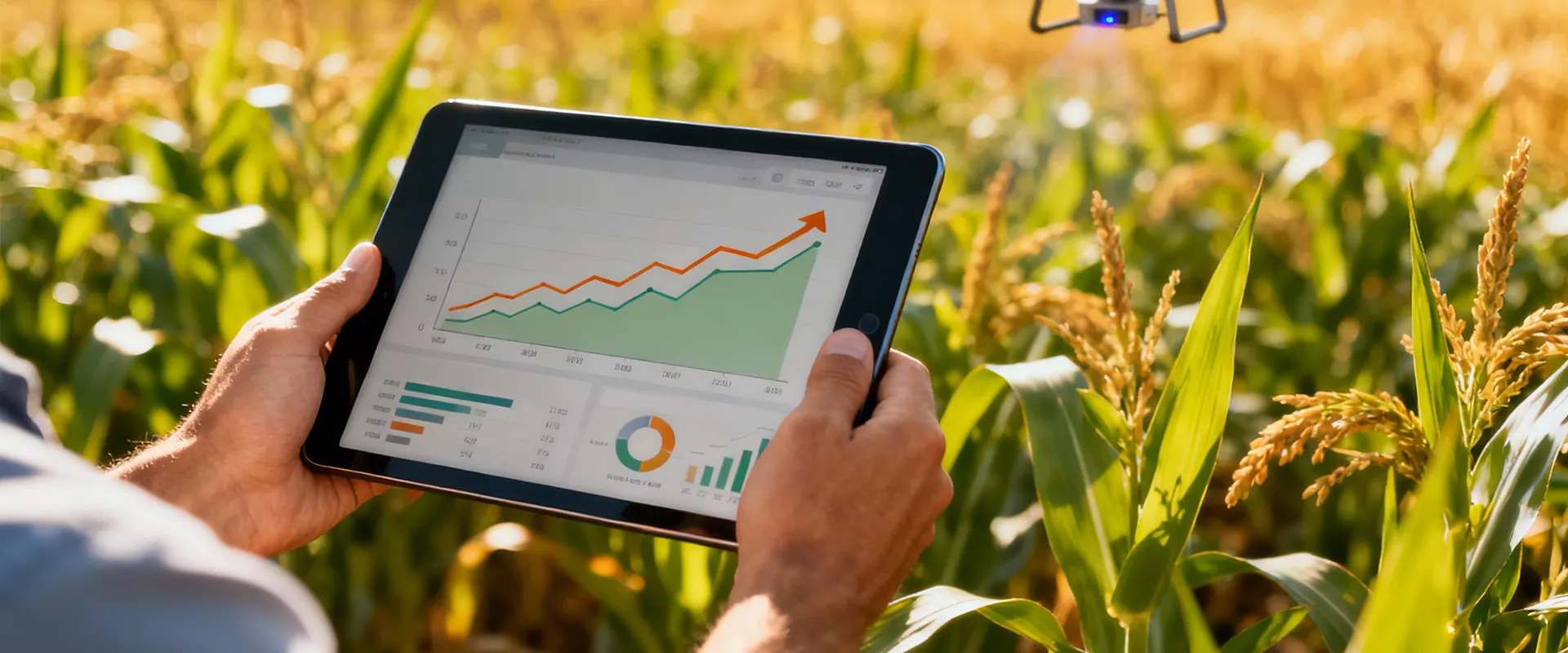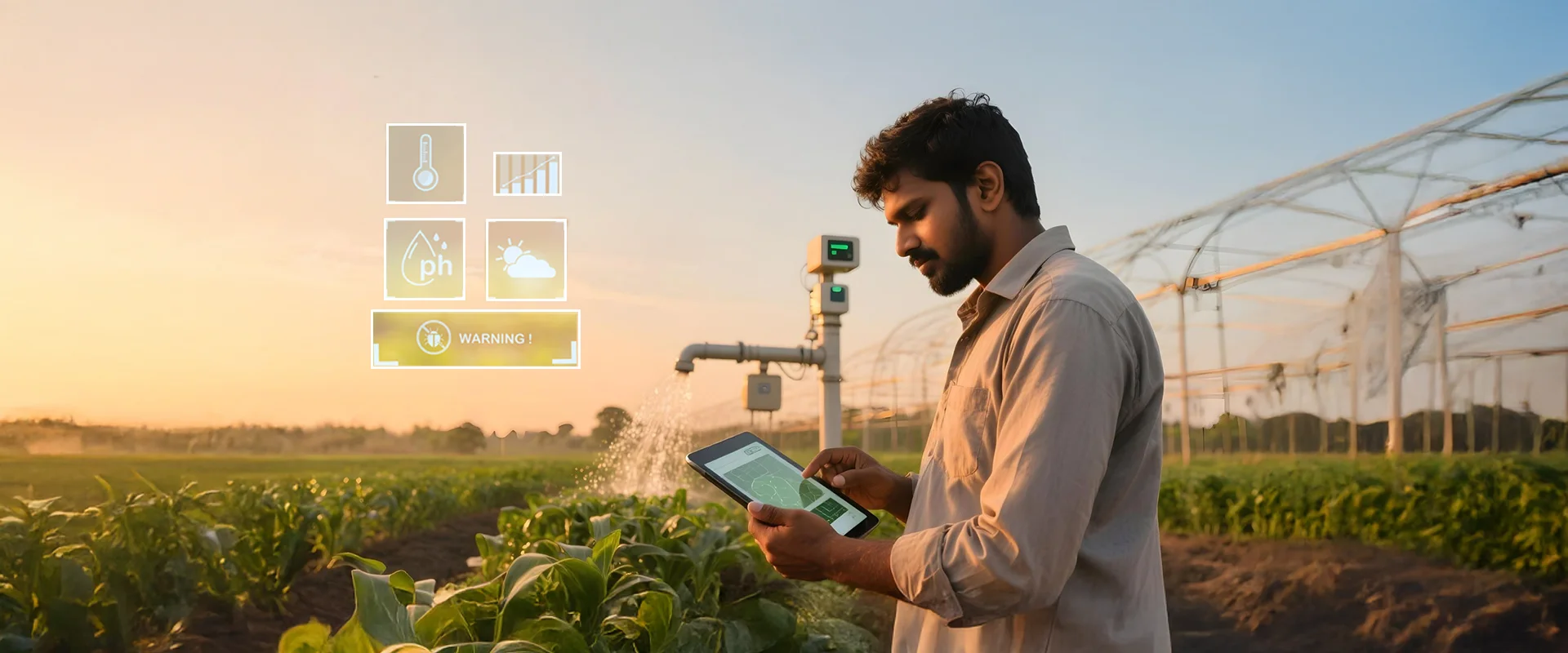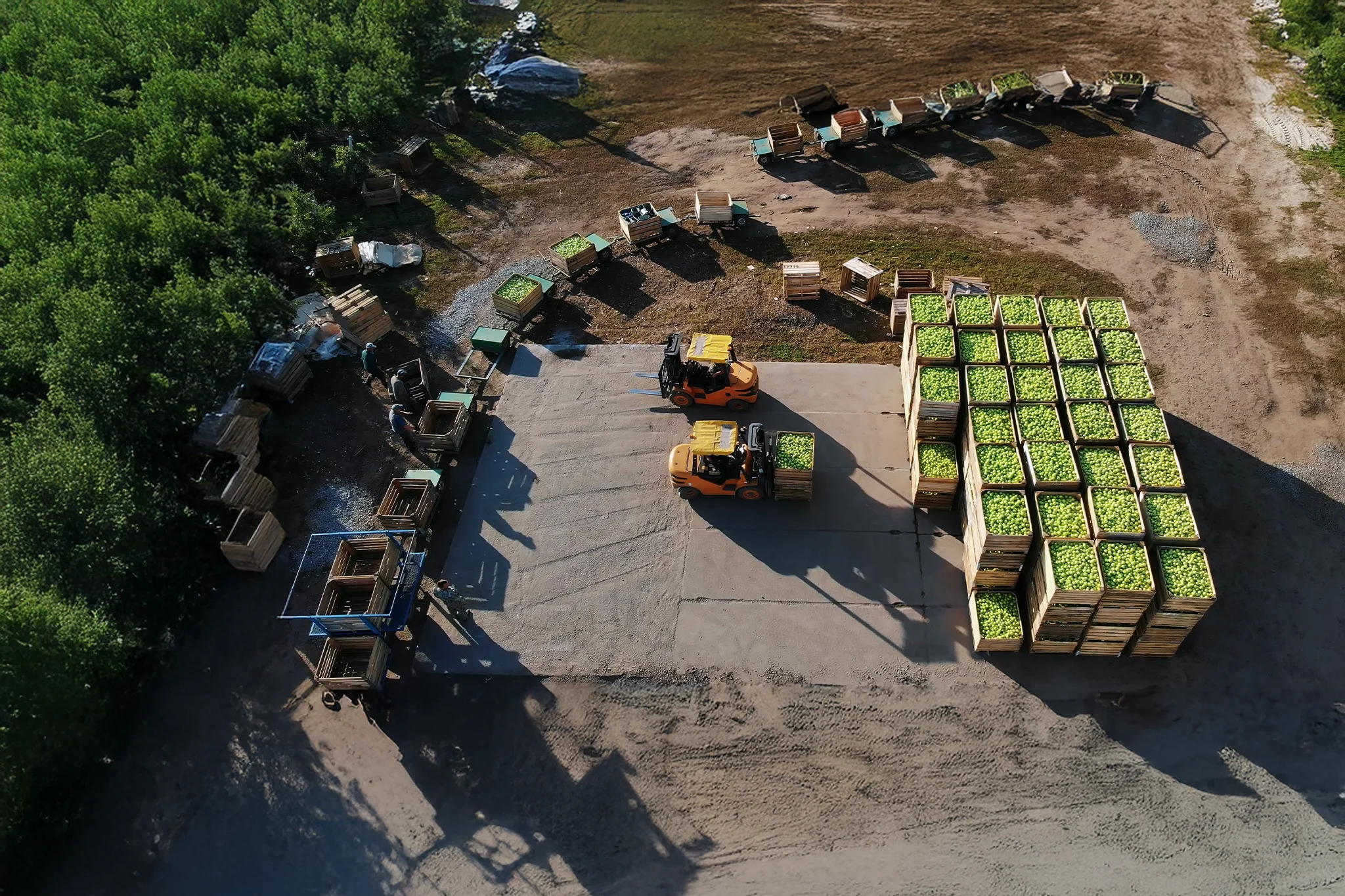Key challenges faced by seed companies
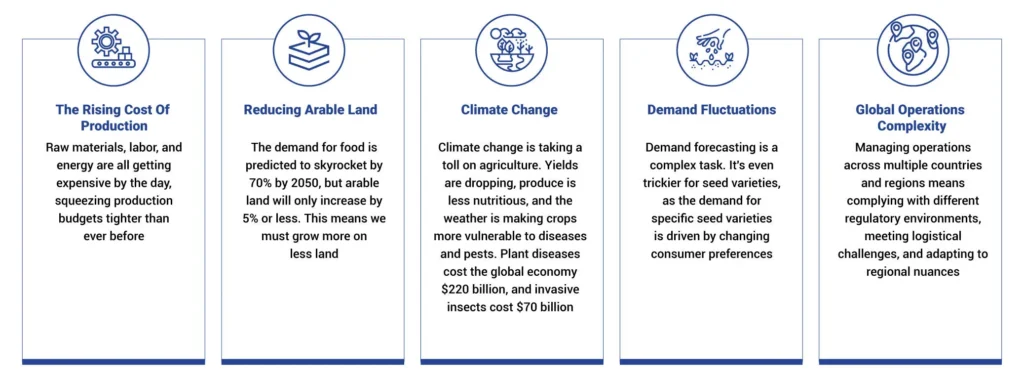
Revamping seed production: precision agriculture for cost optimization
- Data-driven decision-making to optimize input resources: The lack of real-time field data and transparency across the value chain hinders effective resource optimization.
- Need to improve accuracy in yield prediction: By improving the accuracy of yield prediction, seed companies can reduce buffering, which often leads to overproduction, resulting in spoilage of perishable seeds.
Challenges faced by seed companies in cost optimization
Challenges faced by seed companies in waste reduction
- Optimize Input Resource Management
- Streamline Production Processes
- Enhance Supply Chain Efficiency
- Mitigate Climate Change Impacts
What is precision farming?
How does it work?
Identify variations: Precision farming utilizes satellite imagery to identify your fields’ biological, physical, and chemical heterogeneity.
Optimize resource use: VRA optimizes input resources like water, fertilizer, pesticides, etc., maximizing efficiency, increasing yields, and reducing costs.
How precision farming can help to optimize costs: the power of data-driven insights
How cropin intelligence enables precision farming
- Canopy greenness: Derived from the Normalized Difference Vegetation Index (NDVI), the overall health and vigor of your crops are categorized into five buckets. It helps identify pests and diseases in plants and nutrient problems, if any.
- Canopy nitrogen uptake: Cropin’s AI/Ml models estimate how much fertilizer your crops need by examining the Normalized Difference RedEdge Index (NDRE), an indicator of chlorophyll. It is classified into five buckets.
- Canopy water stress: Canopy Water Stress is derived from the LSWI index based on parameters using Cropin’s AI capabilities. It is categorized into three buckets for a specific crop in that plot at a specific location.
Cropin intelligence: your partner in precision agriculture
Crop stress alerts: Receive near real-time insights on crop stress factors like water stress, nutrient deficiencies, and pest pressure, enabling data-driven decision-making for proactive interventions to prevent crop losses.
Precise weather forecasting: Access pin code-level weather forecasts to make informed decisions about strategic activities like planting, irrigation, and harvesting. This hyper-local alert allows for proactive adjustments at a granular level.
Harvest optimization: Leverage satellite imagery to identify optimal harvesting times, minimizing losses and streamlining logistics. Cropin’s near real-time insights into crop health and maturity enable companies to identify “harvest-window” with high accuracy. This insight is invaluable in allocating machinery and personnel and efficiently planning harvesting logistics, labor, and storage facilities, preventing post-harvest loss.
- Reduce waste and increase efficiency through data-driven decision-making.
- Protect your crops from diseases and pests with early warnings.
- Optimize resource allocation for water, fertilizer, and other inputs.
- Ensure timely and efficient harvesting for maximum seed quality.
- Streamline your logistics and supply chain for reduced costs and minimized losses.
Reducing buffering to control wasted seeds
Traditional random sampling methods often fail to use precise data to estimate yield. Cropin’s Smart Sampling module addresses this challenge by leveraging advanced geospatial analysis to create intelligent zone maps. This human-technology collaboration enables agronomists to plan targeted sample collection that accounts for the unique characteristics of different areas within the farm. By doing so, Cropin ensures that the collected data is representative of the entire field, making it scientific to enhance the accuracy of yield estimation.
Hyper-tuned yield estimation models:
Conclusion
In a rapidly changing market, quickly adapting to new trends and demands is crucial. Seed companies can ensure a sustainable and profitable future by leveraging precision farming, data-driven insights, and advanced technologies. By controlling buffering, seed companies can minimize wasted seeds. With over 14 years of experience and multiple iterations, Cropin Cloud provides granular visibility across every field operation, from planting to harvesting. Our innovative solutions offer seed companies a powerful toolkit to curtail wastage, optimize costs, navigate the challenges of the modern agricultural landscape, and be more agile and responsive to market changes.

